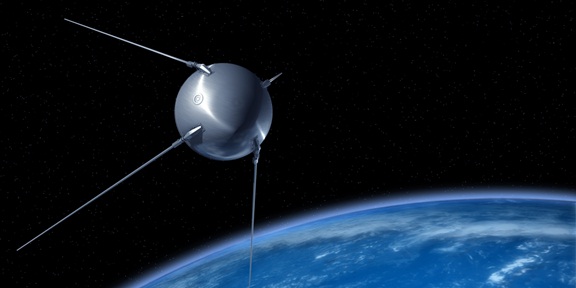The Soviet Union Launches Sputnik, This Week in History
By Biographile

Sputnik/Photo © Eduard Harkonen
Biographile’s This Week in History remembers events of the past, and the icons that set them in motion.
On this day in history -- October 4, 1957 -- the Soviet Union ignites the Space Age with the launch of the world's first artificial spacecraft into the Earth's orbit. Sputnick, named after the Russian word for satellite, was the first man-made object in space. Its discharge shocked the world and forever altered the landscape of the twentieth century.
With a diameter of twenty-two inches and a weight of 184 pounds, Sputnik circled the Earth once every hour and thirty-six minutes. For twenty-two days, the satellite transmitted radio signals back to Earth, but on October 22, the transmitter batteries ran out, and in January of 1959, Sputnick's orbit deteriorated and the satellite burned up.
The Soviet's technological achievement in space exploration provided the catalyst for what became known as the Space Race: a U.S. effort to catch up. The first U.S. satellite, Explorer, was launched on January 31, 1958. By then, Russia had already launched Sputnik 2, which carried a Soviet space dog called Laika. Unfortunately, Laika did not survive -- nor was she expected to -- but she did function as a groundbreaking precursor to human space missions.
In the late 1960s, the United States took a giant leap for mankind by successfully landing two astronauts on the moon's surface. As for Laika, a monument was built in her honor back in April of 2008.
